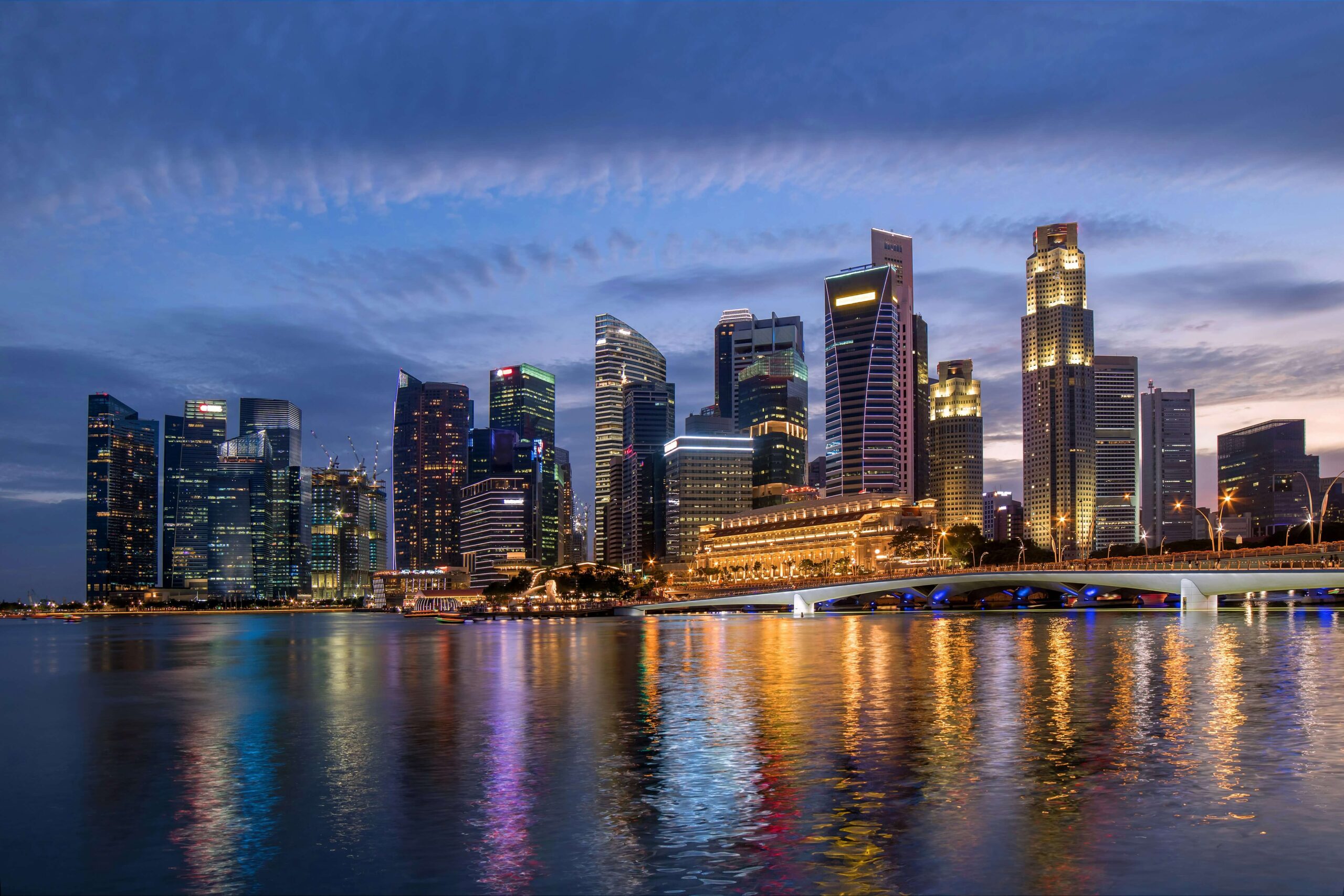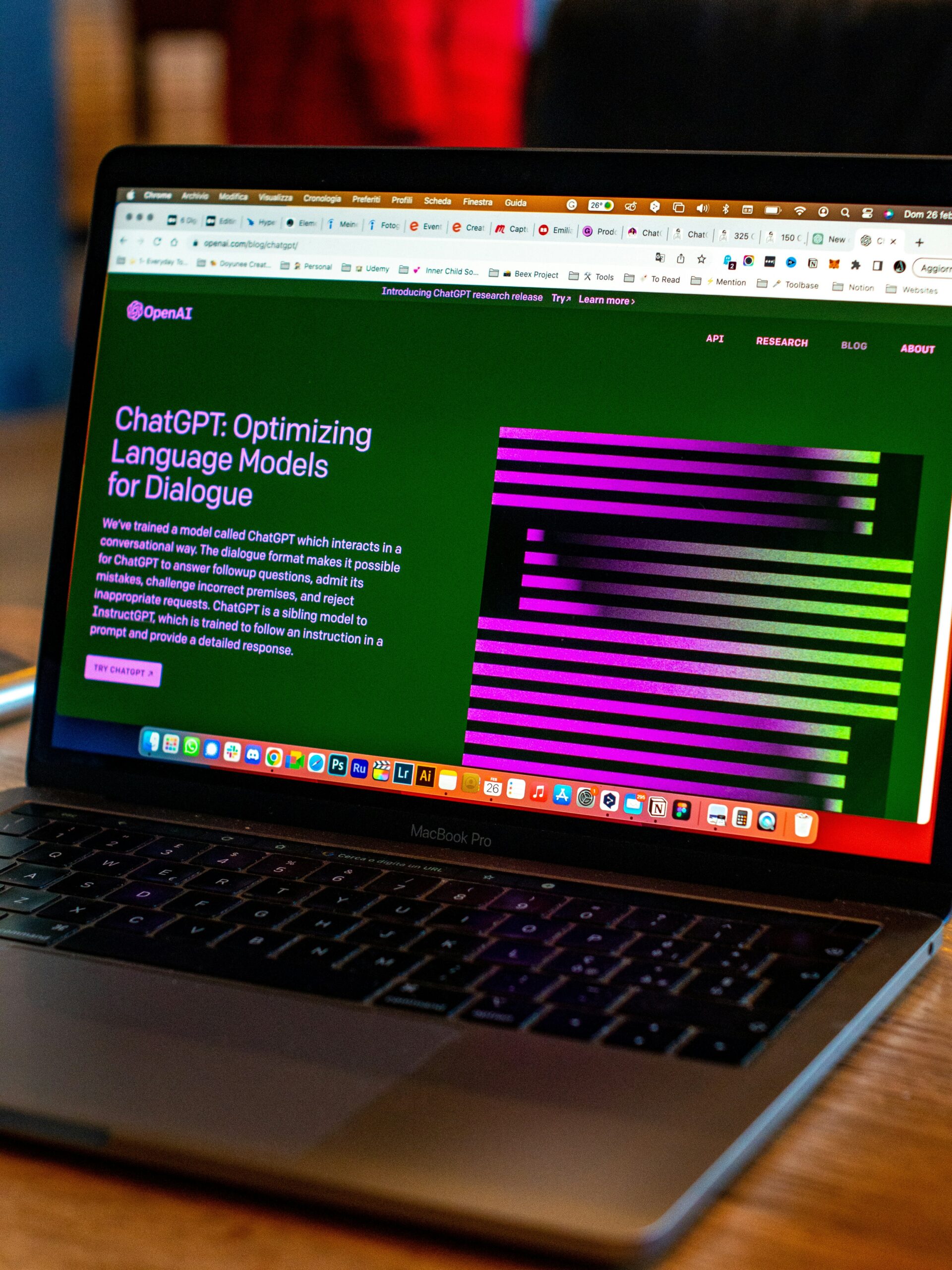Blogs
Navigating B2B Media Landscapes: Insights from Hong Kong and Singapore

When a business expands its operations into diverse markets, understanding the B2B media landscapes in different regions is crucial for maximizing media efforts and effectively reaching key audiences and stakeholders. While many communicators may naturally gravitate towards major international media outlets, regional B2B media channels also offer invaluable insights tailored to specific industries and local markets.
These specialized channels deliver the latest industry news, market trends, and relevant updates for businesses operating in varied regions. By engaging with B2B media, companies can gain a deeper understanding of regional dynamics, connect with industry-specific audiences, and stay ahead of developments that directly impact their operations and strategies.
In this blog post, we will explore the B2B media landscapes in the two biggest business hubs in Asia — Singapore and Hong Kong and discuss their similarities and differences that are most relevant to effective media engagement.
The B2B Media Landscape in Hong Kong and Singapore
B2B media encompasses various communication channels, providing news, analysis, and advertising targeted at businesses and professionals within specific sectors. B2B media can include trade publications, online portals, newsletters, and conferences and trade shows. In cities like Hong Kong and Singapore, B2B media plays a pivotal role in fostering communication, knowledge exchange, and driving marketing communications and PR efforts within the business community.
In Hong Kong, the B2B media landscape features influential trade publications such as the South China Morning Post (SCMP), Hong Kong’s premier English-language newspaper known for its comprehensive coverage of finance, business, and geopolitical matters. Other trade publications include The Standard, the city’s largest free daily English newspaper, offering diverse news and features across sectors like banking and technology, and the Hong Kong Economic Times, which focuses on local and international finance, business, and economic developments. These publications, along with others like Hong Kong Business and Finance Asia, contribute to the vibrant B2B media landscape that keeps businesses informed and engaged.
Singapore’s media landscape, meanwhile, is largely dominated by two major entities: MediaCorp and Singapore Press Holdings (SPH). These organizations oversee many notable regional business publications like The Straits Times and The Business Times. These outlets provide extensive coverage of local and international finance news, market trends, and analysis. Other trade publications, such as Singapore Business Review and Tech in Asia, focus on local business environments and the intersection of technology and finance. The Edge Singapore offers analytical coverage of business and investments, while the Asian Business Review caters to Asia’s dynamic business community, presenting diverse content on the economy, investment, technology, travel, and trade to guide readers through the complexities of business with fresh perspectives and practical insights in the APAC region.
Similarities and Differences
Both Hong Kong and Singapore’s B2B media landscapes share a strong emphasis on finance and business news, targeting professionals, investors, and industry decision-makers. They also focus on local and international market trends, economic updates, and industry-specific insights. Additionally, both landscapes prioritize coverage of technological innovations and their implications for businesses, recognizing the critical role of technology in shaping industries.
However, there are notable differences. In Singapore, the English language dominates the media while Hong Kong’s media scene operates in both English and Chinese, reflecting its bilingual culture.
The reach of media outlets differs significantly. Singaporean media tends to provide both a regional or global outlook, catering to a wider audience, whereas Hong Kong’s media outlets often maintain a stronger focus on local and regional affairs, shaping their content and audience engagement strategies accordingly.
In terms of content formats, Hong Kong’s media landscape still values traditional print media, with strong newspaper circulation. Large-scale conferences and industry-specific events are also prominent, offering valuable networking opportunities and spaces for thought leadership within the business community. Conversely, Singapore has embraced a digital-first approach, with a strong focus on online news portals and mobile apps as the primary sources of information. The preference for digital platforms is further underscored by the widespread use of various social networks and messaging apps for news consumption.
To accommodate the busy professional demographic in Singapore, short-form articles and visually engaging content are preferred. Additionally, the rise of remote work and digital connectivity has fueled the popularity of webinars and virtual events in Singapore, serving as effective channels for knowledge dissemination and networking in a rapidly evolving business environment.
These contrasting content formats reflect the distinct strategies and audience engagement approaches adopted by B2B media in Hong Kong and Singapore, tailored to meet the specific needs and preferences of their respective markets.
For businesses looking to navigate the media landscapes in Hong Kong and Singapore, it is essential to adapt content strategies to align with the preferred formats and platforms in each market. Balancing international media engagement with targeted B2B channels enables businesses to craft a comprehensive media strategy that addresses global trends while harnessing the unique opportunities within each market. This dual approach ensures a well-rounded media presence, fostering brand visibility, credibility, and engagement across diverse regions and industries.
Latest News



